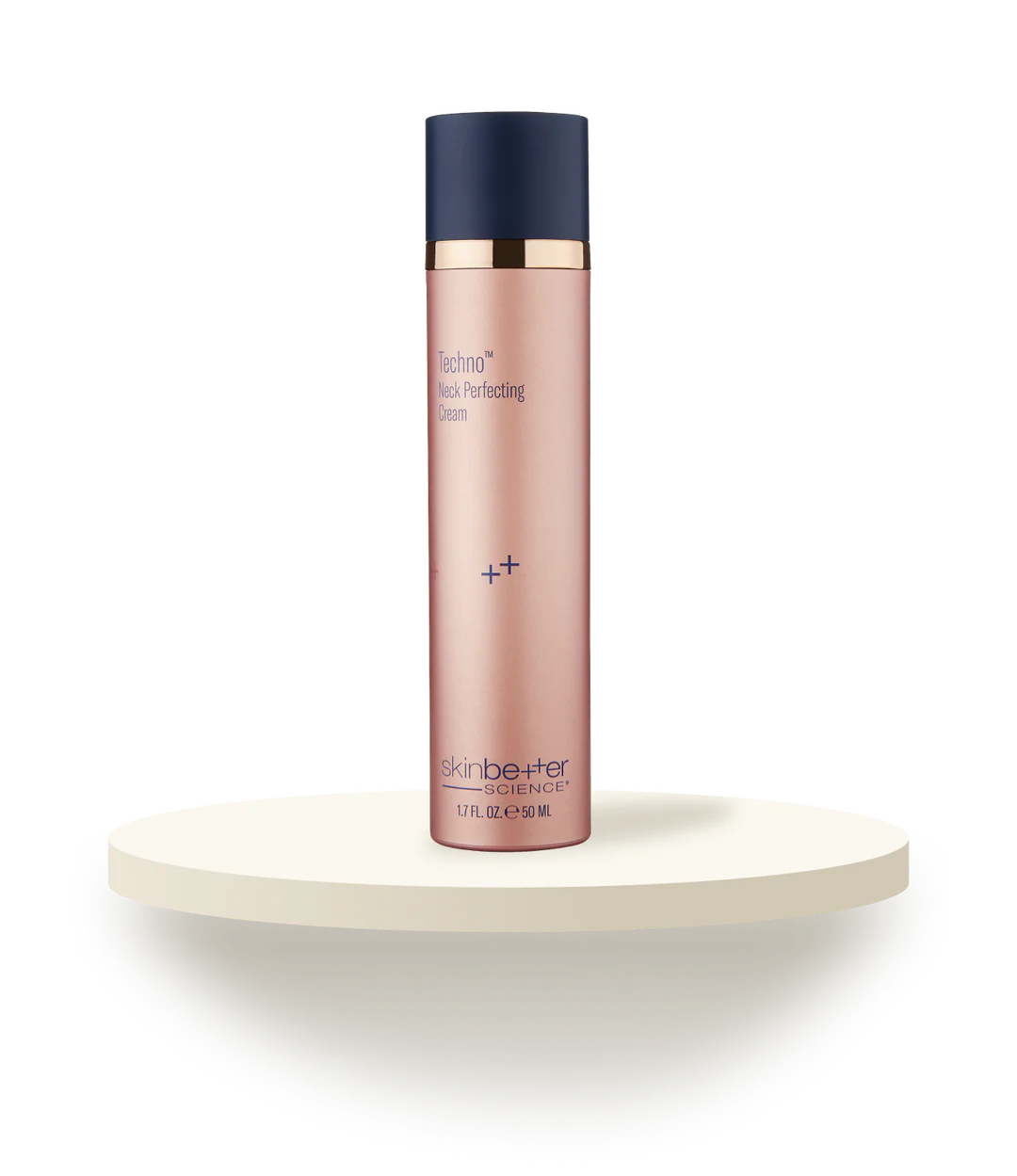Nose Shape
When it comes to the shape of the nose, there is no such thing as one size fits all. Informed by genetics, aging, and external factors, there are a variety of cosmetic nose concerns that patients may wish to correct.
Before we dive into the cosmetic concerns related to the shape of the nose, it is important to understand the anatomy of the nasal structure. The external nose consists of two nasal bones and lower lateral cartilages.
The Anatomy of the Nose
Starting from the top (i.e. near the forehead), the "root" of the nose falls between the eyebrows, and the "bridge" of the nose connects the root to the rest of the nasal structure. The length between the bridge and the tip (or "apex") of the nose is known as the dorsum nasi, and the cartilaginous alae (a.k.a. nostrils) fall on either side of the tip. Last but not least, the philtrum is the concave skin that connects the tip of the nose to the upper lip.
Evolutionarily, the shape of your nose is correlated to where your ancestors called home. Have relatives who resided in warm, muggy climates close to the equator? Expect a broader, shorter nose with wide nostrils. Did they come from a cold and dry region? Your sniffer is likely long and narrow.
Because the lungs prefer processing air that is warm and moist, it relies on the nasal passages to deliver it in that form. If you’re living in an area where the humidity is low and the temperature is cold, a longer nose allows the body more time to moisten and warm the air before it is delivered to the lungs. If the air is already warm and moist (like in humid climates), there’s a lot less work to do (2).
While you can likely trace the general shape of your nose back over generations, additional genetic subtleties exist that determine the type of nose someone is born with. From there, the natural aging process and external factors (like trauma) can cause additional changes.
Whether you were born with a nose shape that you don't feel suits you face, have noticed changes in your nose as a result of aging, or had an injury or trauma that impacted the appearance of the nose, there are a variety of cosmetic concerns related to nasal aesthetics (if the size of your sniffer is of concern, check out our guide to nose size):
Nose shape is primarily determined by genetics, but the natural aging process causes distinct changes. As we age, the cartilage (which contains collagen) of the lower nose loses its shape and will droop or sag —sometimes resulting in a fleshy nose appearance. Additionally, the oil glands of the nose can enlarge causing the nose to appear wider (i.e. a bulbous nose).
Teens with nose shape deformities may consider undergoing a corrective rhinoplasty. It is important to note, however, that girls’ noses generally aren’t considered fully formed until one year after menses (around 15 years old). Boys are usually considered fully grown one year after their last noted growth spurt (around 18 years old).
The most common way to change the shape of the nose is with a rhinoplasty (a.k.a. "nose job"). And, just as there are a variety of different nose shapes, there is an array of surgical and non-surgical rhinoplasty techniques to address various concerns related to nose size and shape. Which type of procedure is chosen will depend on the patient's anatomy, skin type, and concern.
Check out our full guide to nose shaping solutions, or read on for an overview of the treatment options:
Rhinoplasties are primarily divided into two main categories — open and closed — and either type can be used to correct lateral deviations in the nose. While both open rhinoplasty and closed rhinoplasty (including ultrasonic, rejuvenation, and endoscopic techniques) involve external or internal incisions to access the bone and cartilage, less invasive treatments include filler-based liquid rhinoplasty.
Since patients often develop a sagging nose as a result of age, a rejuvenation rhinoplasty can be an ideal option to rotate the droop upwards. If the drooping is due to a previous procedure, a revision rhinoplasty may be able to correct and improve upon the results. A minimally invasive (and non-permanent) liquid rhinoplasty, meanwhile, involves injecting dermal fillers to reshape and re-volumize the region. A muscle paralysis rhinoplasty used botulinum toxin type A injections (like Botox®) to reduce the appearance of fine lines and wrinkles around the nose.
To correct a saddle nose, an open rhinoplasty can be performed to create a small incision under the nose between the nostrils that allows the surgeon to access the nasal bone and make adjustments. Additionally, cartilage grafting may be considered to help restore volume to the area.
Commonly corrected during youth and teen rhinoplasty, which are best performed after the nasal bones are believed to be finished growing, dorsal humps and nose bumps are often best treated with open rhinoplasty. An ultrasonic rhinoplasty, performed with an open technique, employs ultrasound waves to precisely chisel away unwanted bone. Read more in our guide to structural and superficial bumps on the nose.
Since upturned noses can be the result of genetics or a previous rhinoplasty, a revision rhinoplasty can be used to change the rotation of the nasal tip. For a less invasive approach, dermal fillers can be used as part of a liquid rhinoplasty to create a more proportional appearance.
Whether a patient prefers a closed or open approach, an ethnic rhinoplasty can be performed to create a slimmer and pointer nose. To achieve the narrowing effect, cartilage is often harvested from the ribs or ear and implanted into the nasal bridge.

